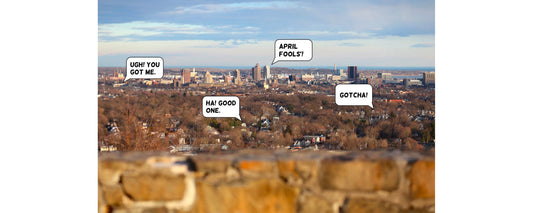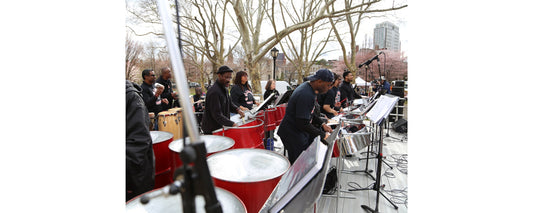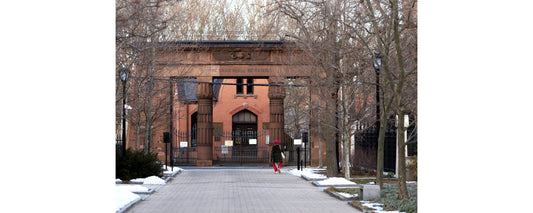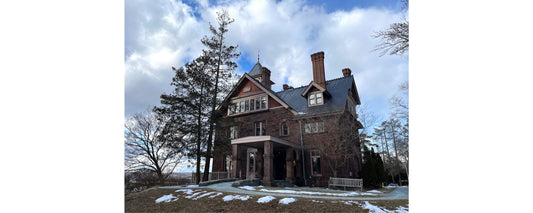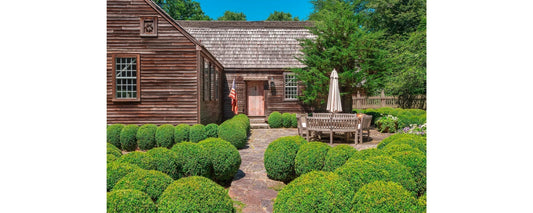There’s an unbridgeable distance between a book about life and life itself. But the third edition of Life at Yale, a large alumni-produced pamphlet published in 1920 to “fairly” introduce Yale “to those who care to know her,” was probably the closest an incoming freshman back then could get—for them, a rare window into their own future, and for us, a little-opened door to a quaint local past.
You can imagine the excitement and trepidation freshmen from every more or less secluded province of the country felt as they came to a new city to attend an old school. “Men from Texas and Pennsylvania arrive on the same train. They meet at the Station, a group from Illinois, another from Hartford, and another from San Francisco… During the three days that precede the opening of the fall term, chatty groups of upper classmen and eager Freshmen come pouring into New Haven. Swinging hand bags, hat boxes, and mandolin cases, they wander in casual groups up through the city streets to search out their college rooms, to run across acquaintances old and new.”
A first-year student at the time would soon realize—perhaps even before taking their “final entrance exams” to determine whether or not they really would matriculate—that a centuries-old school has its own “peculiar customs” and, therefore, its own unforeseeable social errors. But if they’d already read Life at Yale, they knew to “avoid embarrassment and… stigma” by never smoking a pipe outside, always wearing a hat outside and never sitting on “the Sophomore Fence except on the day of the Harvard Freshman baseball game in case Harvard is defeated.” They knew not to “dance at the Junior Prom,” “sit downstairs at the Shubert Theatre” or “fail to take part in all class rushes and… affairs.” They knew to leave discussion of secret societies to upperclassmen and “roller skat[ing] or spin[ning] tops on the Campus” to seniors. According to the caption under a preposterous photo featuring suited, hatless men on roller skates, seniors were also the only students for whom “going bareheaded”—being hatless outside—was socially acceptable.
But the freshmen had their own thrills. “On a night at the beginning of the fall term, in late September,” freshmen would “first mass together, first come to feel themselves a unit, a class. In the fantastic torchlight procession through the city streets, ending in the Freshman-Sophomore wrestling bouts on the Campus, these hundreds of oddly-assorted men who go to make up a Class are welded together. While the weird snake dance winds its way through the streets of New Haven, the newly-created Yale man finds himself stammering through the ‘Brek-ek-ek-ex coax coax’ Greek cheer, singing the marching songs familiar to former generations of Yale men. He grips his neighbor’s shoulders. It is his Class! From that time on he thinks of himself first, not as a Californian or as a lumberman’s son, but as a Yale man, and a Yale man of that particular class.”
With those “streets of New Haven” arguably as important to new students as “the Campus,” Life at Yale saw fit to feed its readers morsels of the wider city. “Starting with the new Railroad Station”—Union Station was opened that year—the path to campus, it said, “leads through a street… bordered by old houses [that were] once aristocratic residences. Arriving at the Church and Chapel street corner of the Central Green, one stands at the crossroads of all the business of New Haven. Church Street, running north and south, is, down town, the home of banks and offices, and the imposing architecture of new municipal buildings,” which must refer to the marble-columned County and Lee Courthouses, opened in 1914 and 1919, respectively. “To the north Church street turns into Whitney avenue, a broad thoroughfare bordered by attractive, modest houses surrounded by ample lawns such as characterize New Haven homes, and leading north to Lake Whitney, a delightful little lake furnishing the best skating of the winter. To the west, Chapel street divides the shopping district from the Green and also from the College Campus, and leads on to the Yale athletic field with its monster ‘Bowl,’” which, opened in 1914, was also still new at the time of publication.
A student, Life at Yale continued, could “conveniently buy what he wants at the general city stores and the special shops which cater ‘exclusively’ to college trade.” He could attend concerts, lectures and shows at theaters, which, “with New Haven’s proximity to New York, present the best plays of the season. A metropolitan hotel”—presumably the tony Taft, opened in 1912—“and a number of smaller hostelries and restaurants satisfy the normal demand of the city and College… The city churches of all denominations extend genuine welcome to Yale students whenever they wander from the religious services of the University.” Surprisingly, perhaps, the pamphlet reports that “many an undergraduate shares in the social life of families in New Haven who are otherwise unconnected with the University. It is safe to say that practically every Yale man knows at least one or two families in the city in whose home he is a frequent and welcome visitor.”
It goes without saying that many things have changed, and many for the better, about life at Yale and life in New Haven since 1920. Lost in the balance, it seems, are threshold degrees of school pride, class camaraderie and communal connection, whose restoration clearly begins with once more having the freshmen, after a torchlit “snake dance” through the city, wrestle the sophomores.
Written by Dan Mims. Image—in sadly low resolution—features Yale seniors on roller skates circa 1920.



